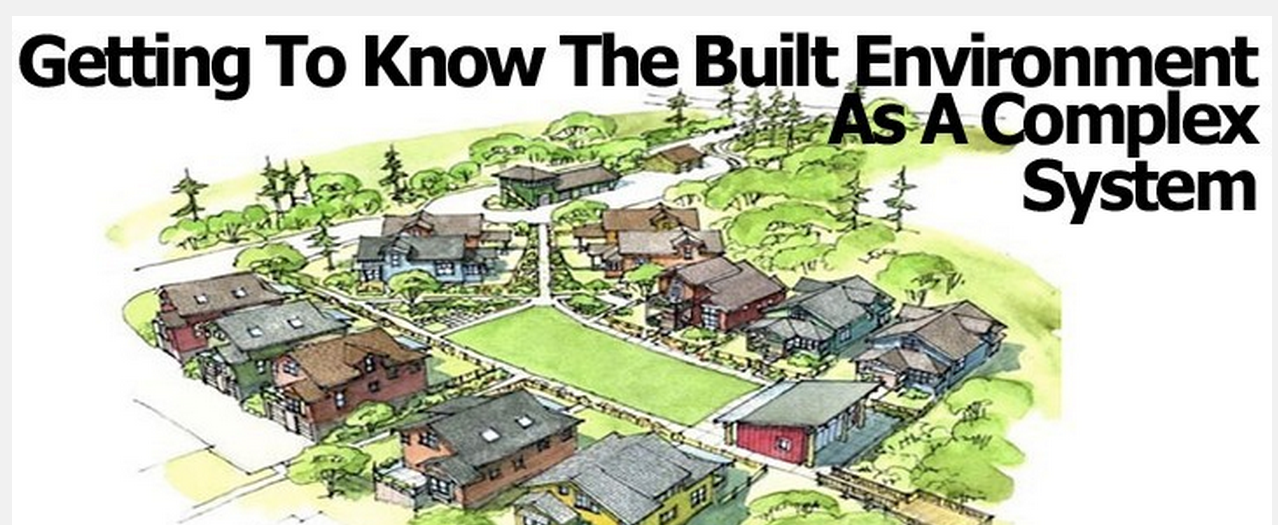Gradual changes in our physical environments, including the dominance of low-density, car-oriented sprawling suburban neighbourhoods in North America, have facilitated more sedentary lifestyles and contributed to a significant rise in chronic illnesses like heart disease, stroke, cancer, diabetes, and obesity. Municipal governments, local community agencies, and non-governmental organizations are increasingly working to better understand the built environment’s role in determining people’s health attitudes, choices, behaviours and outcomes. Understanding how health-enhancing neighbourhood amenities, like walkable streets, proximity to healthy food, affordable housing, safe community space and opportunities for physical activity, are geographically and spatially distributed moves us closer to more equitable neighbourhood and regional planning. Understanding how our landscapes (whether urban or suburban) might perpetuate or mitigate social exclusion and socio-economic inequities, especially for segments of the population who are vulnerable or disadvantaged, can help us chart a path to investing in population health through the built environment. Seeking Higher Ground Part Two sets out systematic approaches that could embed population health into municipal planning and priority setting. How can we ensure that the impacts of broad areas of local policy on health and health inequities are properly considered? How can we address the local drivers and determinants of health more effectively on municipal and regional policy development? This paper explores how tools such as health impact assessment and health equity impact assessment have been used in jurisdictions across the world. What are the institutional and technical barriers to the use of HIA/HEIAs? Are there lessons to be learned from other jurisdictions?
Seeking Higher Ground Towards Healthier City-Building: Part Two

Download Building Population Health Into Municipal Policy